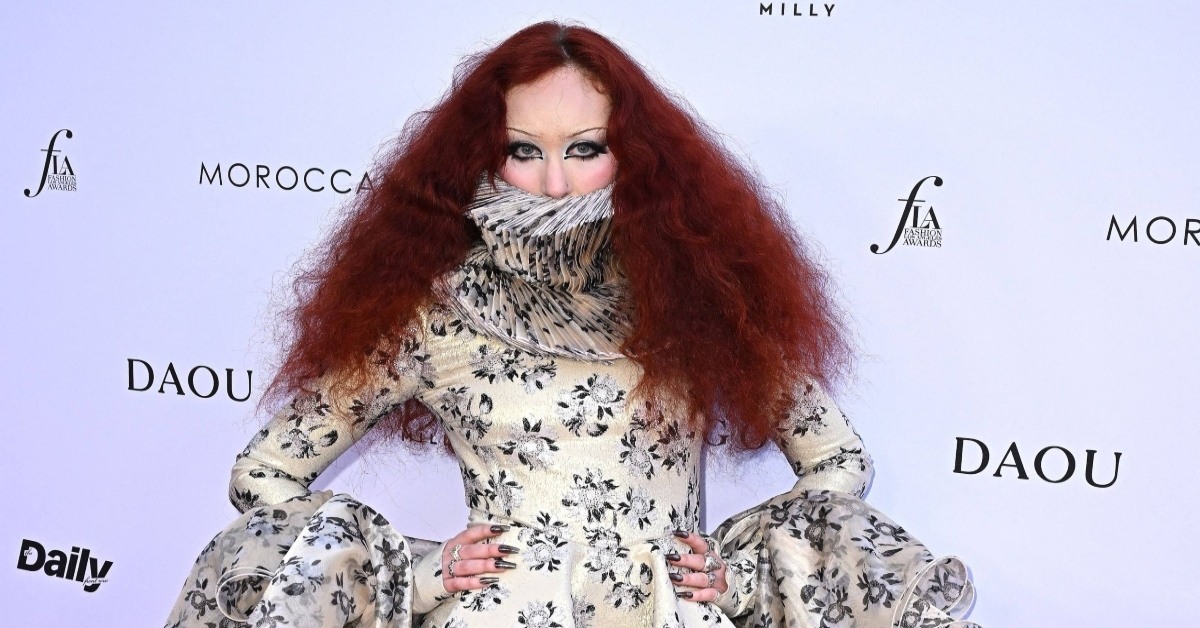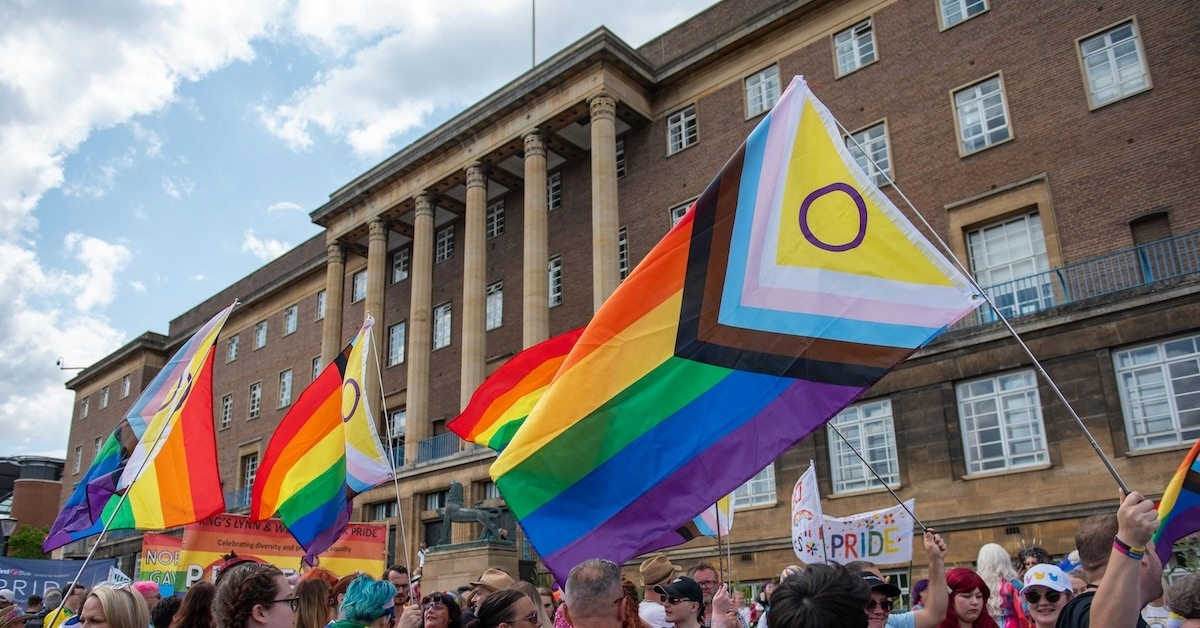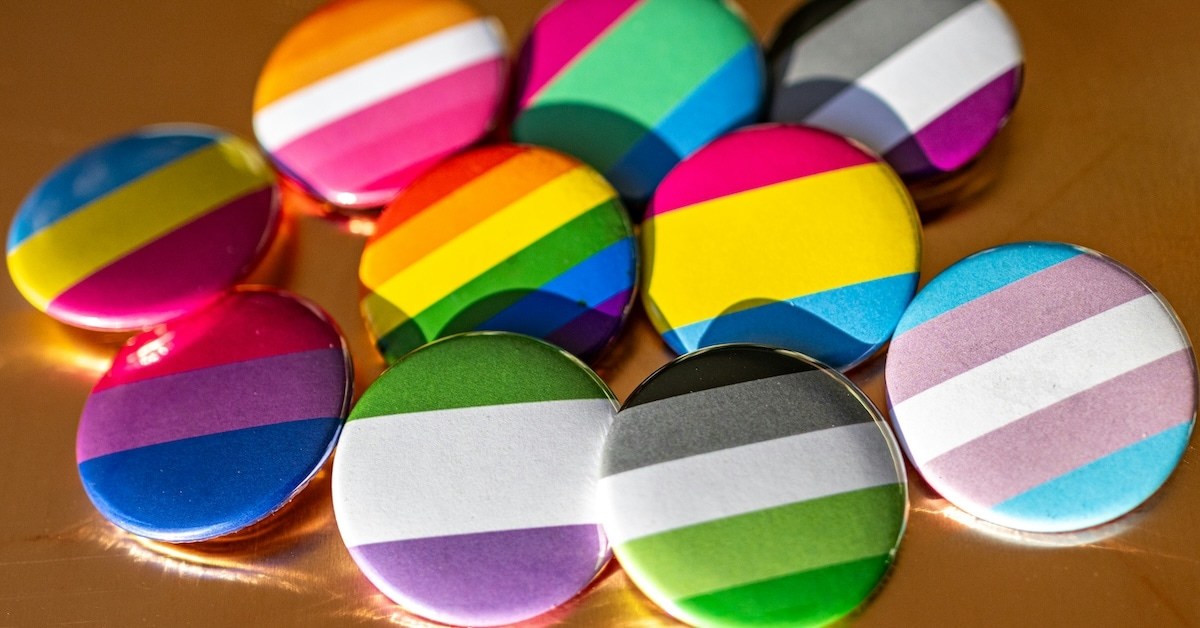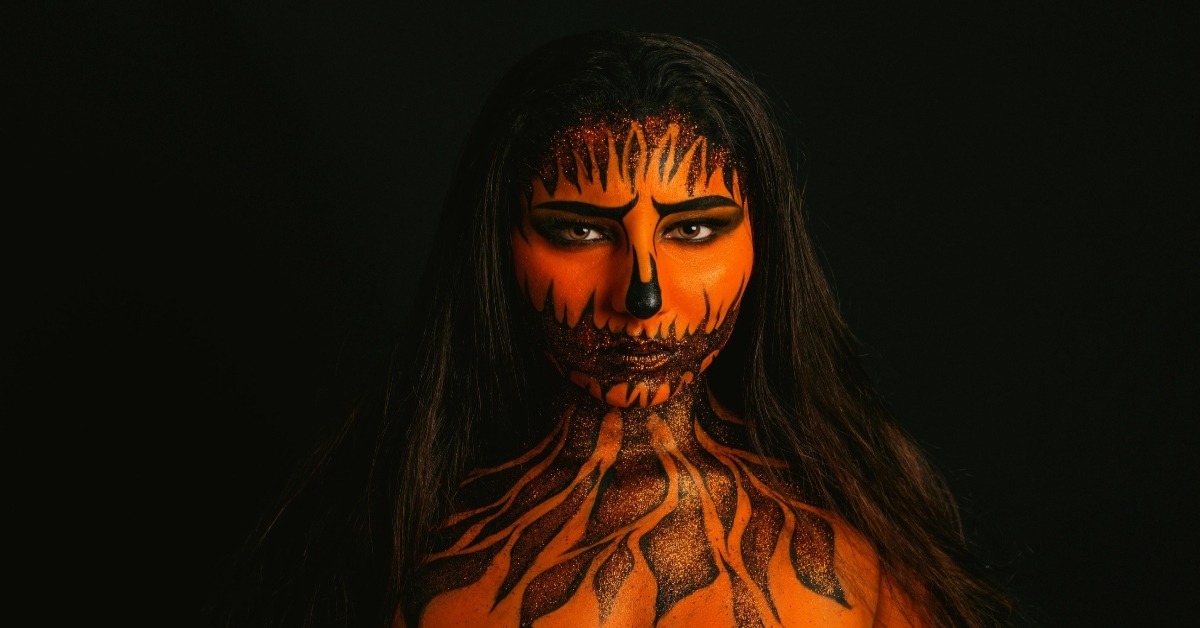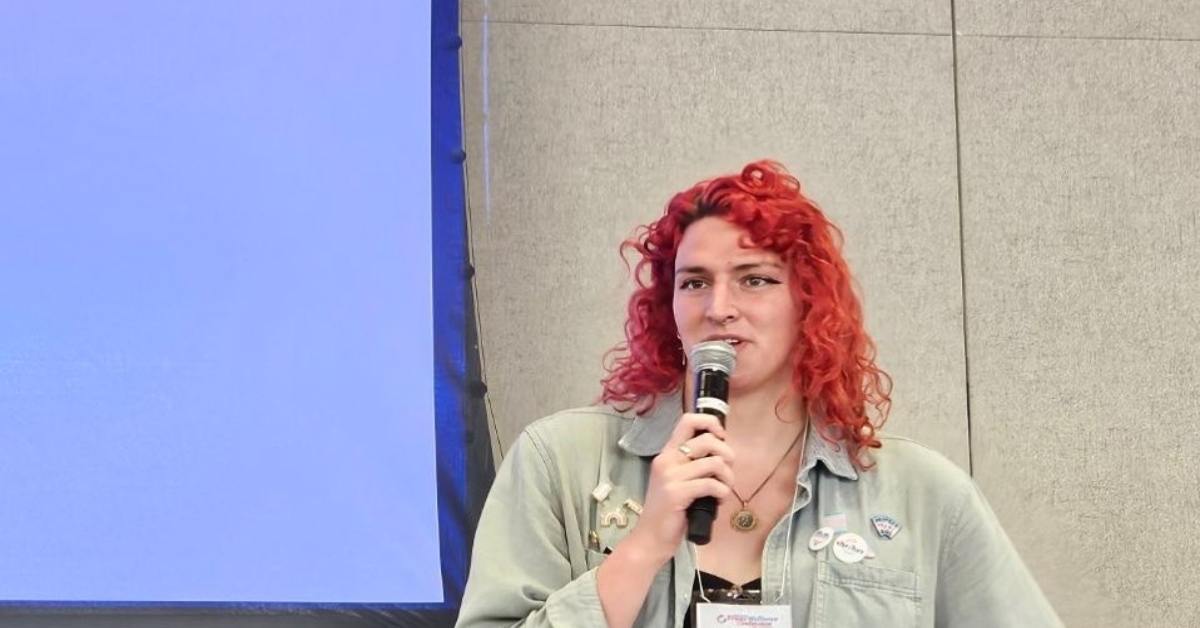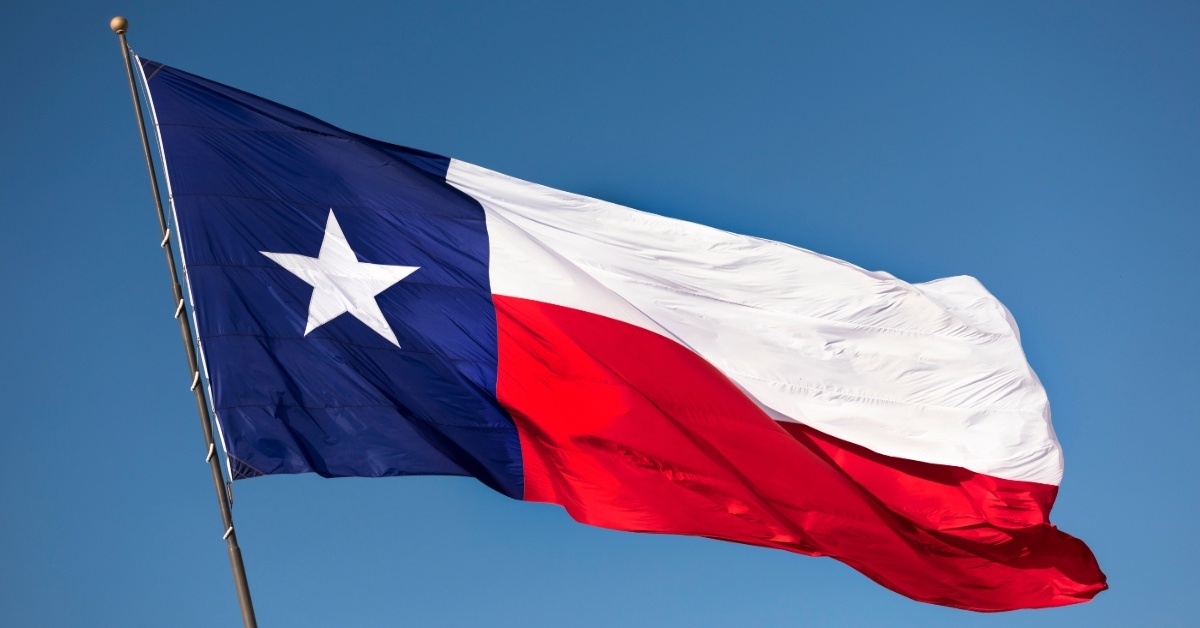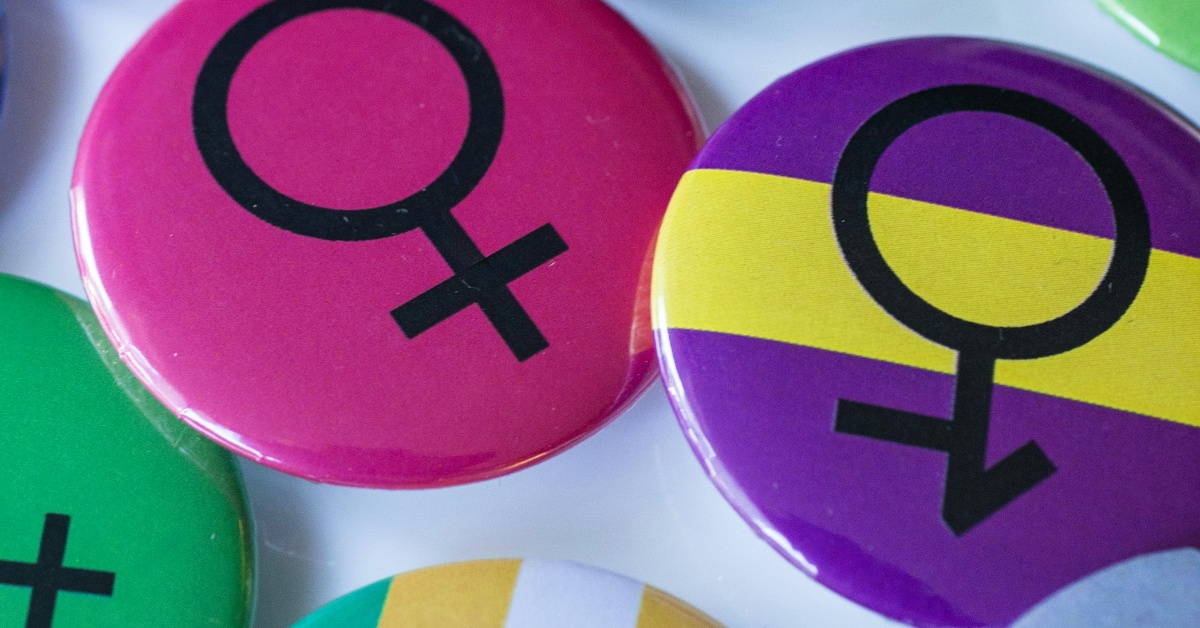BY: Jasmine Franklin
Published 6 hours ago
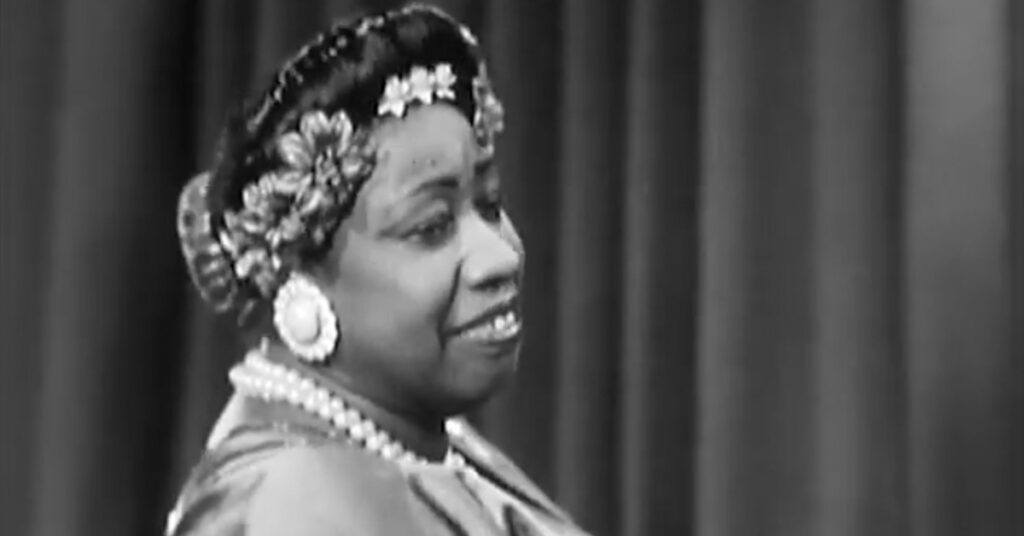
The Harlem Renaissance made Harlem a hub of Black creativity in the 1920s and 1930s. In jazz clubs, literary salons, and speakeasies, Black queer artists expressed themselves, challenged norms, and celebrated identity. The Gay Harlem Renaissance honors these voices, showing how their creativity shaped culture and resisted racism and homophobia. Their art and performance continue to inspire new generations of Black LGBTQIA+ people.
Trailblazers of the Gay Harlem Renaissance
The Gay Harlem Renaissance thrived because of bold Black queer voices who refused to stay invisible. These artists, writers, and thinkers shaped culture with their talent, vision, and courage. We honor five trailblazers whose creativity and identity left a lasting mark on Harlem and beyond.
Speakeasy Star: Gladys Bentley
Gladys Bentley made her mark in Harlem’s speakeasies, including Harry Hansberry’s Clam House. It was one of the most notorious gay speakeasies, according to Harlem Bespoke. Bentley, a notable performer, wore tuxedos and sang blues with raw energy. She openly expressed her sexuality through her music, creating a space where same-sex desire could exist openly during a time when such expression risked legal and social consequences.
Global Icon: Josephine Baker
Josephine Baker crossed the Atlantic to Paris, where she became a global icon. Baker celebrated her body, dance, and persona, living unapologetically as a queer Black woman. She challenged European and American expectations of race and gender, showing that Black queer identity could be glamorous, visible, and powerful.
Poetic Giant: Countee Cullen
Poet Countee Cullen explored the intersections of race, class, and desire in his work. Though more private about his sexuality, Cullen’s writing captured the complexity of Black queer life. Collections like “Color” and poems such as “Heritage” captured Black life with nuance and depth, influencing generations of writers and shaping Black literature.
The Revolutionary Pen: Claude McKay
Claude McKay, another towering literary figure, infused his work with political and personal urgency. His poems, including “If We Must Die,” often confronted racism and social injustice. At the same time, his novels hinted at the desires and struggles of queer Black men, pushing readers to acknowledge lives often hidden in plain sight.
Dean of the Harlem Renaissance: Alain Locke
Alain Locke, often called the “Dean of the Harlem Renaissance,” curated and promoted Black art with a vision of cultural excellence. As an openly gay scholar, Locke helped legitimize Black creativity in the eyes of the broader world and mentored young artists, emphasizing that art and expression could affirm identity and community.
Legacy and Influence on the Queer Community Today
The Gay Harlem Renaissance left a lasting imprint on Black queer culture. These artists and thinkers demonstrated that creativity and identity could coexist. Their work created a foundation for queer visibility in literature, performance, and visual art, showing the world that Black LGBTQIA+ people belong at the center of culture. Their work laid the foundation for queer visibility in literature, performance, and art, showing that Black LGBTQIA+ people belong at the center of culture.
The Gay Harlem Renaissance also influenced fashion through Dandyism, a bold celebration of style and self-expression. Black queer men in Harlem embraced tailored suits, polished shoes, and striking accessories to assert identity and pride. This attention to elegance and individuality became a visual language of confidence and rebellion, inspiring both contemporary fashion and queer style today.
Beyond the arts, the Gay Harlem Renaissance fostered spaces where queer Black people could gather, imagine, and organize. These spaces laid the foundation for the Civil Rights Movement and LGBTQIA+ activism, showing that culture and advocacy often go hand in hand.
Voices That Continue to Inspire
The Gay Harlem Renaissance reminds us that art, style, and identity are powerful tools for visibility and change. The creativity and courage of Bentley, Baker, Cullen, McKay, Locke, and others continue to inspire Black LGBTQIA+ people to express themselves boldly and claim space in every corner of culture. Their work shows that joy, pride, and resilience are timeless, and that the contributions of Black queer artists will always shape the story of art, fashion, and community.
Which Gay Harlem Renaissance figure inspires you most? Share your thoughts in the comments.

